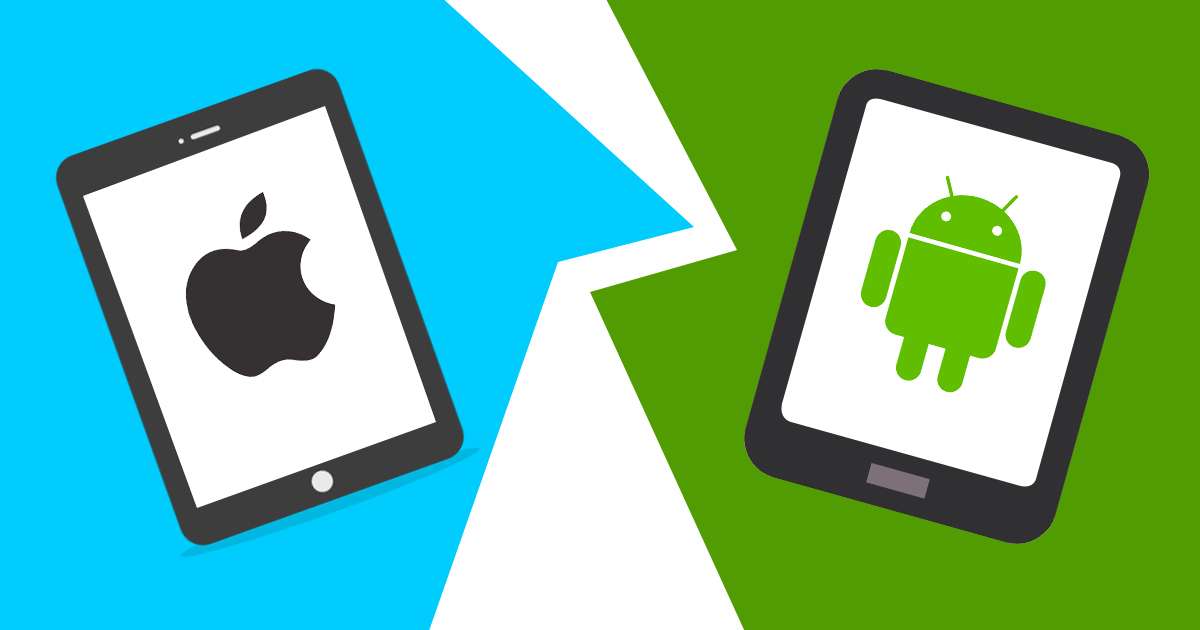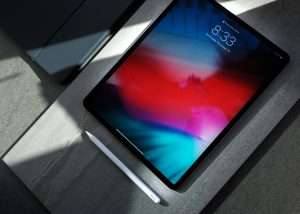What Is The Difference Between An iPad And A Tablet? Which Is Better?

In today’s fast-paced world, where technology seamlessly integrates into every facet of our lives, portable touchscreen devices have emerged as essential tools for communication, productivity, and entertainment. Among these technological marvels, two categories stand out: iPads and tablets. These devices have become a cornerstone of modern living, be it for educational pursuits, professional endeavors, or personal leisure. However, as their popularity continues to rise, a question frequently arises: What is the difference between an iPad and a tablet?
Are they essentially the same thing, differentiated solely by operating systems and branding? Or do distinct characteristics set them apart? In this exploration, we delve into the core distinctions that separate iPads and tablets, weighing their advantages and disadvantages to determine which one might be a better fit for various use cases.
Is A Tablet and an iPad the Same Thing?
When we peer into the world of portable touchscreen devices, the distinction between an iPad and a tablet might initially appear elusive. Indeed, iPads are a subset of the broader tablet category, encompassing a range of devices equipped with touchscreen interfaces, front and back-facing cameras, microphones, and other features that emulate the functionality of personal computers. Tablets, in general, offer the convenience of virtual keyboards for typing, often accompanied by the option to connect physical keyboards for enhanced productivity. Moreover, the inclusion of stylus support has opened up new avenues of creativity, making tablets a playground for artists and designers.
However, the iPad emerges as a unique player in this field due to its distinct branding and exclusive operating system. An iPad isn’t just any tablet; it’s Apple’s entrant in the tablet arena, meticulously designed to function solely within the iOS or iPadOS ecosystem. This approach underscores Apple’s commitment to a closed ecosystem that integrates seamlessly between hardware and software. In contrast, the broader tablet market encompasses devices that run on diverse operating systems, such as Android, Windows, FireOS, and more. Each of these systems caters to various preferences and use cases, offering users a variety of options to choose from.
What is the difference between an iPad and a Tablet?
The chasm separating iPads from tablets is primarily etched in their operating systems. While iPads are intrinsically tied to Apple’s iOS or iPadOS, tablets revel in a more diverse OS landscape. This divergence ushers in distinctive user experiences, app availability, and customization potentials. iPads reap the benefits of Apple’s stringent curation process within the App Store, which houses a treasure trove of applications meticulously optimized for the iPad ecosystem. This curation ensures a secure and consistent user experience.
Conversely, the tablet sphere thrives on its eclectic assortment of apps available across platforms such as Google Play, Microsoft Store, and others. This variety leads to a wider range of software options, each addressing distinct user preferences. While curated stores minimize security risks, a more open approach can lead to a greater diversity of applications.
Advantages and Disadvantages of Each Device
Advantages of iPads

- Ecosystem Integration – iPads seamlessly integrate within the Apple ecosystem, fostering a unified user experience across Apple devices. This synergy, powered by features like iCloud and Apple ID, simplifies data sharing and accessibility.
- App Store Curation – Apple’s App Store offers a curated collection of apps, promoting security and quality. This selection guarantees users access to applications that have met stringent Apple standards.
- Design and User Experience – iPads epitomize Apple’s commitment to design aesthetics and user experience. Their sleek interface is famous for its user-friendly layout and simple navigational experience.
- Accessories and Performance – Apple’s proprietary accessories, including the Apple Pencil and Smart Keyboard, enhance functionality and productivity. iPads often boast cutting-edge performance, rivaling that of laptops.
Disadvantages of iPads
- Cost – The luxury of an iPad comes at a price, often exceeding the cost of many tablets. This premium pricing might deter budget-conscious consumers.
- Customization – The tightly controlled iOS ecosystem limits customization options, potentially confining users who seek personalized experiences.
- Multitasking – Although iPads have enhanced their multitasking abilities, specific tablets provide more comprehensive multitasking functionalities.
Advantages of Tablets

- Customization – Tablets running Android, Windows, and other systems offer a broader canvas for customization, appealing to users who desire tailor-made experiences.
- Diverse Options – The tablet market spans a vast spectrum, ranging from affordable models to high-performance devices. This diversity caters to a broad range of user preferences and budgets.
- App Variety – Android tablets thrive on the Google Play marketplace, boasting a plethora of apps, including tablet-optimized versions. This wealth of software options enhance user choice.
Disadvantages of Tablets
- Fragmentation – The array of tablet options leads to fragmentation, where performance and app compatibility can vary across devices.
- Security Concerns – Some Android tablets may face security challenges due to an open app distribution system, potentially exposing users to malware risks.
iPad vs Tablet – Which is Better to Have?
Choosing between an iPad and a tablet depends on individual preferences and priorities. iPads excel at delivering a seamless experience within the Apple ecosystem, tailored for users invested in Apple’s ecosystem. Their performance, curated app store, and seamless integration across Apple devices make them an enticing proposition for such users.
However, tablets cater to a broader spectrum of users. They embrace customization and offer a broader range of options, catering to both budget-conscious consumers and those who prioritize versatile features. Tablets grant the flexibility to choose among various operating systems and adapt the device to specific use cases.
Final Thoughts
In the grand chronicle of iPad vs. tablet, a conclusive victor remains elusive. The decision pivots on personal inclinations, financial considerations, and desired experiences. iPads allure those seeking integration, curated apps, and top-tier performance. Tablets, in their myriad operating systems and customization options, appeal to users who value diversity, affordability, and the freedom to tailor devices to their liking. As technology progresses, iPads and tablets will undoubtedly remain pivotal players, each addressing unique market segments and fulfilling distinct demands. The ultimate choice rests with the user’s preferences and the role these devices play in their digital narrative.

